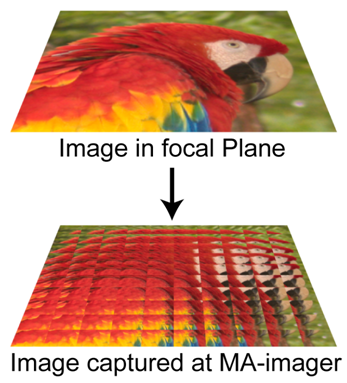According to an email that has been floating around, Easter is coming particularly early this year, and won’t be this early again for another 220 years.
Do you realize how early Easter is this year? As you may know, Easter is always the 1st Sunday after the 1st full moon after the Spring Equinox (which is March 20). This dating of Easter is based on the lunar calendar that Hebrew people used to identify passover, which is why it moves around on our Roman calendar.
Found out a couple of things you might be interested in! Based on the above, Easter can actually be one day earlier (March 22) but that is pretty rare.
Here’s the interesting info. This year is the earliest Easter any of us will ever see the rest of our lives! And only the most elderly of our population have ever seen it this early (95 years old or above!). And none of us have ever, or will ever, see it a day earlier! Here’s the facts:
1) The next time Easter will be this early (March 23) will be the year 2228 (220 years from now). The last time it was this early was 1913 (so if you’re 95 or older, you are the only ones that were around for that!).
2) The next time it will be a day earlier, March 22, will be in the year 2285 (277 years from now). The last time it was on March 22 was 1818. So, no one alive today has or will ever see it any earlier than this year!
I took a look at the dates Easter has fallen on over the last few years:
- Sunday 23rd April 2000
- Sunday 15th April 2001
- Sunday 31st March 2002
- Sunday 20th April 2003
- Sunday 11th April 2004
- Sunday 27th March 2005
- Sunday 16th April 2006
- Sunday 8th April 2007
So, it’s not insanely early, just a week or so than the earliest Easters we are accustomed.
Remember, even though the holiday is early, there is still time to buy your chocolates, eat them and get more in time for Easter. Happy hunting.
(Via)
